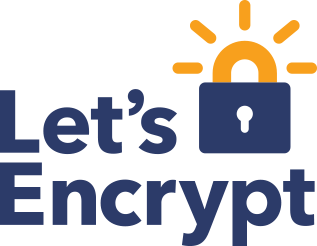
Quantum computing has been a hot topic on the lips of buzz word enthusiasts for the past few years but there is still a lot of confusion around the topic. This article seeks to clear the fog of mystery surrounding the subject and clear up a few misconceptions.
First and foremost, quantum computing isn’t going to replace your traditional computer. At least not right away. There is a lot of reasons to believe that certain problems that can’t be solved by a traditional computer could be solved by a quantum computer due to its differing nature. Quantum computers at their current stages of development today are huge in size and are incredibly complex. That’s not to say things wont change as time and technology progress but don’t expect to get one from the apple store on your lunch break or carry one in your pocket anytime soon.
Computation
Our current computers are made up of a series of switches that turn on an off. The measurement of a switches on or off position is called a “bit”. Currently, computers are similar to the way in which a calculator operates, which uses a series of ones and zeros (on or off) to calculate decisions about data which we input. As our technology has grown so have the mechanisms which switch on and off within our computers. These mechanisms are called transistors. Today, our transistors are engineered to be almost as small as an atom, making huge processing power accessible to people everywhere. Our mobile phones are as powerful as computers the size of warehouses used by scientists, researchers, and the military just 50 years ago.
Big Data
So here is where things start to change. As we now use our computers for handling, storing, and analyzing larger and larger bodies of information our needs are changing. A traditional computer handles 1 task at a time in rapid succession. That means long loading times for someone asking their computers to answer very complex calculations. Any problem that takes more power and time to compute than is currently available today is called an “intractable problem”.
Quantum Power
It so happens that Quantum computers are excellent tools for solving certain types of problems like many of our currently intractable problems. At the subatomic level things behave differently than you would normally expect and particles can exist in more than one state at the same time. This ability to be in multiple states at once gives quantum computers the ability to function and calculate differently than traditional computers.
Instead of bits, at the quantum level we are working with quantum bits or “qubits”. To understand a qubit start by imagining a sphere. On this sphere, a bit only allows for transmission of data at one of this spheres two poles. Meanwhile a qubit could transmit data anywhere across the surface of the sphere at the same time. Essentially, a qubit could store a vastly larger amount of information and use less energy to do so. Processors using qubits will manage data millions of times faster. This means that huge calculations which are impossible today will be nearly instantaneous with a quantum computer.








